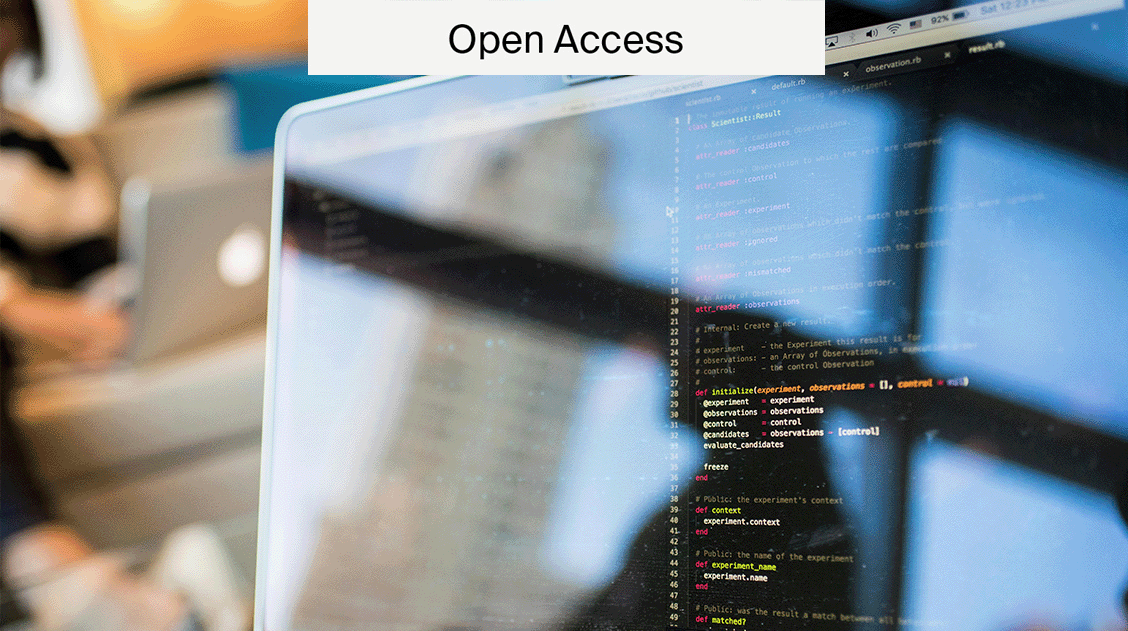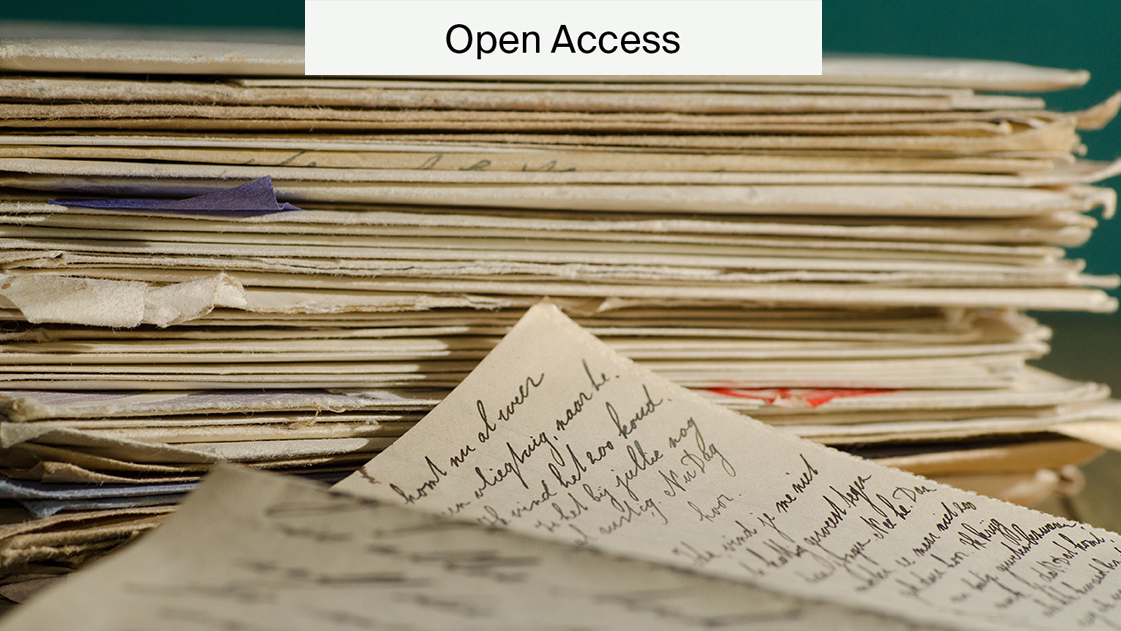
Understanding and Practicing FAIR Data
An important strand of open science is ensuring that your data are open. This can increase reproducibility, accessibility, and integrity. Moreover, various countries and institutions are implementing open and FAIR data requirements around the world.
Here, we outline what FAIR data are, the principles behind it, and how to ensure your data are FAIR.
What are FAIR data?
Open data are data that can be freely used, reused, and redistributed by anyone, subject at most to the requirement to attribute and share-alike.
The benefits of open data include improving transparency, encouraging collaboration, and boosting innovation. However, there are challenges around privacy and security and also how resource intensive running data repositories can be.
The FAIR Guiding Principles for Data Management and Stewardship emphasize standardization and machine-readability to cope with the increase in volume, complexity, and creation speed of data.
- Findability: Metadata and data should be easy to find by humans and computers.
- Accessible: The user needs to know how the data can be accessed.
- Interoperable: Data must be integrated with other data and applications for analysis, storage, and processing.
- Reusable: Data must be clearly described so they can be replicated or combined in different settings.
The goal of the FAIR Principles is to optimise the reuse of data. The abbreviation FAIR/O is often used to indicate that a dataset or database complies with the FAIR principles and have an open license.
FAIR principles
The FAIR principles help researchers ensure that data are shareable and reusable. They were designed by a bottom-up, stakeholder-driven, and self-governed initiative.
Below, we outline what each element of FAIR means.
Findability
For data to be usable, researchers must be able to find them. Furthermore, computers need to be able to find them for storing in databases and repositories.
This is achieved by ensuring data have machine-readable metadata, which refer to information about data.
Data should be assigned to a globally unique and persistent identifier; this essentially gives the data a unique name. Digital object identifiers (DOIs) are a popular example of this.
The metadata should include as much detail as possible, clearly and explicitly include the identifier of the data, and be registered or indexed in a searchable resource.
Accessibility
Once the researcher finds the data, they need to understand how they can be accessed. This can also include any authentication or authorization.
Ideally, the data are retrievable by their identifier and then open to access and free to use. If not, for example with medical data, there should be a protocol that allows for easy-to-follow authentication and authorization.
The metadata should remain accessible even when the data are no longer available.
Interoperability
Interoperability refers to the ability of different systems to work together, i.e., inter-operating, and mixing different datasets. This also includes integrating data into applications or workflows.
Ensuring the metadata is clearly structured, using a formal, shared, and broadly applicable language is key.
Reusability
As explained on the FAIR website:
The ultimate goal of FAIR is to optimize the reuse of data.
As in the other elements of FAIR, ensuring the metadata is clear and accessible is key. Furthermore, the data should have a clear and accessible data usage license, include detailed provenance, and meet community standards.
How to ensure your data are FAIR
Some funders or institutions may require that the resulting data from research must be FAIR. Here are three guides to making your data FAIR.
The University of Zurich has resources to ensure that your data are FAIR. These include information on what metadata should contain, the types of files that can be used, and keywords that are commonly used in different fields.
Click here for the University of Zurich guide to making your data FAIR.
The Center for Open Science similarly has a practical guide that contains robust, user-friedly tools from the Open Science Framework to help researchers implement FAIR principles.
Click here to visit the Center for Open Science Practical Guide.
OpenAIRE, a European non-profit organisation dedicated to advancing open science, has created a checklist to evaluate your data.
This breaks the four elements down into four steps, respectively. Meeting all 16 criteria will ensure that your data are FAIR. It is ideal to serve as a final checklist once you are comfortable with the basics of FAIR data.
Visit the OpenAIRE checklist to evaluate your data.
Key points to focus on are ensuring your data have a persistent identifier, that your metadata are rich and accurately describe your data, and that your data are stored with a clearly defined reuse license.
Ensuring openness throughout the research cycle
FAIR data ensures that your data are findable, accessible, interoperable, and reusable. This all aims towards ensuring that data are reusable. FAIR principles help cope with the rising volume and complexity of data and increase transparency and reproducibility.
FAIR data is an important element of open science. In a world powered by data, it is valuable for them to be equally accessible and reusable.
Click here for our article, All You Need to Know About Open Access, which covers a range of topics that can help boost your understanding and also keep you up to date.










